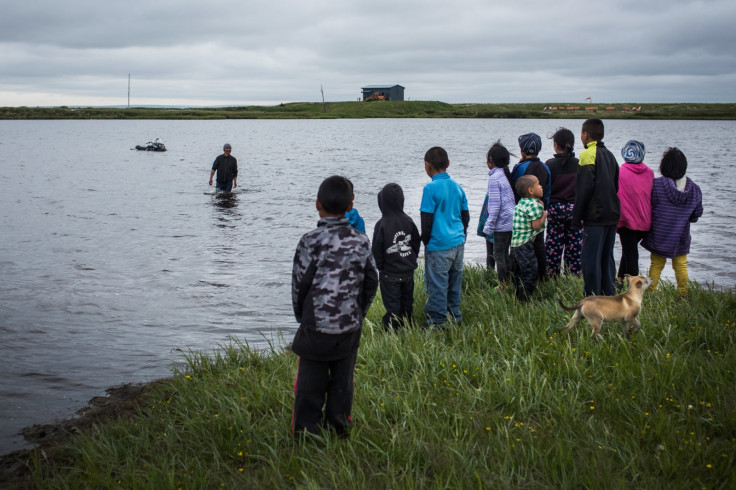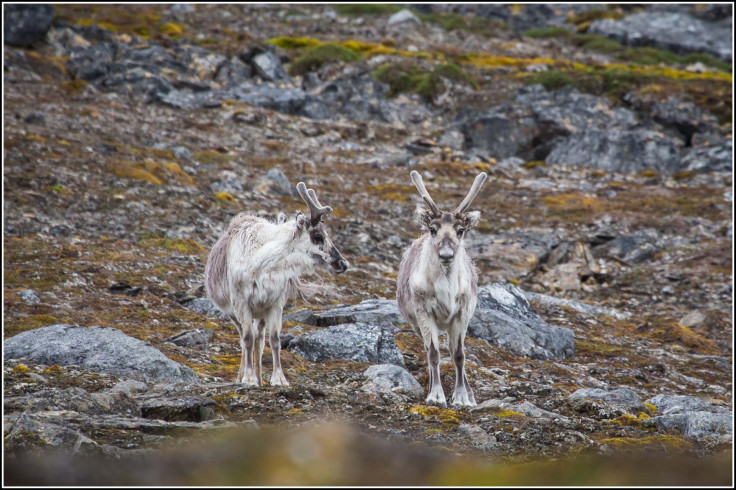Indigenous Arctic people race to adapt to climate change as 'warning bells' ring on tipping points
A report from the Arctic Council identifies approaching social and ecological tipping points.

Nineteen environmental tipping points have been identified by researchers in a report on how climate change is affecting the Arctic. Some of these tipping points have been reached already, the report says, and others are likely to happen if global carbon emissions are not significantly reduced.
The tipping points, or regime changes, have the potential to radically change the Arctic societies and environment in the rest of the century, according to the report published by the Arctic Council, an intergovernmental organisation to protect the Arctic environment.
When a tipping point is reached, such as the collapse of Greenland's ice sheet, it becomes very unlikely that the environment could return to what it was. Tipping points are often a combination of a large, sudden shock to an ecosystem – such as an extreme weather event – combined with gradual forces pushing it in that direction – such as climate change.
Some of the 19 tipping points identified included: Arctic sea ice loss, Greenland ice sheet collapse, loss of Arctic mobility, hypoxia – loss of oxygen in the oceans and the collapse of fisheries.
These tipping points may influence each other, the report authors say. "One of the study's most important findings is that not only are regime shifts occurring, but there is a real risk that one regime shift could trigger others, or simultaneous regime shifts could have unexpected effects," Johan Kuylenstierna, executive director of the Stockholm Environment Institute, said in a statement.
"The variety of effects that we could see means that Arctic people and policies must prepare for surprise. We also expect that some of those changes will destabilise the regional and global climate, with potentially major impacts," says Johan Rockström, director of the Stockholm Resilience Centre and co-chair of the study.
In the past six to 12 months, report co-editor Marcus Carson of the Stockholm Environment Institute has heard more "warning bells ringing about the Arctic and what spill-back effects it might have", he told the Thomson Reuters Foundation.
"Because the Arctic is so connected to the rest of the planet in terms of climate regulation ... the change that we're sending to the Arctic is likely to be amplified and come back to us," Carson says.
Resilience
Some Arctic communities are responding to the changes with resilience, such as the Skolt Sámi traditional fishing communities in Finland. Some changes are harder to adapt to, such as the Vilhelmina North reindeer herders in Sweden.

"Climate change is severely stressing Arctic livelihoods and people, and the extent to which Arctic people can build resilience to these stresses is quite limited," says centre researcher Miriam Hultric, a lead author of the report. "Without rapid action to slow climate change by reducing greenhouse gas emissions, the resilience of the Arctic will be overwhelmed."
The Arctic Council worked with Arctic countries, indigenous Arctic communities and science organisations to write the report over five years.
It concludes: "Ultimately, realising resilience in the Arctic will depend on empowering the people of the North to self-organise, define challenges in their own terms, and find their own solutions, knowing that they have the flexibility and external support to implement their plans."

© Copyright IBTimes 2025. All rights reserved.






















